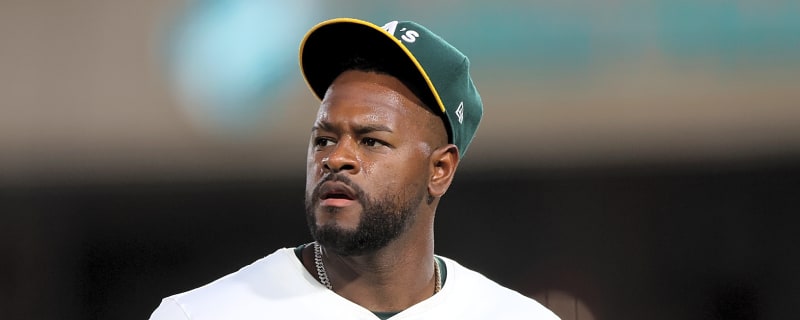- Home
- Quizzes
- My Quiz Activity
- Newsletters
- MY FAVORITES
- Add Sports/Teams
- SPORTS
-
NFL
- NFL Home
- Arizona Cardinals
- Atlanta Falcons
- Baltimore Ravens
- Buffalo Bills
- Carolina Panthers
- Chicago Bears
- Cincinnati Bengals
- Cleveland Browns
- Dallas Cowboys
- Denver Broncos
- Detroit Lions
- Green Bay Packers
- Houston Texans
- Indianapolis Colts
- Jacksonville Jaguars
- Kansas City Chiefs
- Las Vegas Raiders
- Los Angeles Chargers
- Los Angeles Rams
- Miami Dolphins
- Minnesota Vikings
- New England Patriots
- New Orleans Saints
- New York Jets
- New York Giants
- Philadelphia Eagles
- Pittsburgh Steelers
- San Francisco 49ers
- Seattle Seahawks
- Tampa Bay Buccaneers
- Tennessee Titans
- Washington Commanders
-
MLB
- MLB Home
- Athletics
- Arizona Diamondbacks
- Atlanta Braves
- Baltimore Orioles
- Boston Red Sox
- Chicago White Sox
- Chicago Cubs
- Cincinnati Reds
- Cleveland Guardians
- Colorado Rockies
- Detroit Tigers
- Houston Astros
- Kansas City Royals
- Los Angeles Angels
- Los Angeles Dodgers
- Miami Marlins
- Milwaukee Brewers
- Minnesota Twins
- New York Yankees
- New York Mets
- Philadelphia Phillies
- Pittsburgh Pirates
- San Diego Padres
- San Francisco Giants
- Seattle Mariners
- St. Louis Cardinals
- Tampa Bay Rays
- Texas Rangers
- Toronto Blue Jays
- Washington Nationals
-
NBA
- NBA Home
- Atlanta Hawks
- Boston Celtics
- Brooklyn Nets
- Charlotte Hornets
- Chicago Bulls
- Cleveland Cavaliers
- Dallas Mavericks
- Denver Nuggets
- Detroit Pistons
- Golden State Warriors
- Houston Rockets
- Indiana Pacers
- Los Angeles Clippers
- Los Angeles Lakers
- Memphis Grizzlies
- Miami Heat
- Milwaukee Bucks
- Minnesota Timberwolves
- New Orleans Pelicans
- New York Knicks
- Oklahoma City Thunder
- Orlando Magic
- Philadelphia 76ers
- Phoenix Suns
- Portland Trail Blazers
- Sacramento Kings
- San Antonio Spurs
- Toronto Raptors
- Utah Jazz
- Washington Wizards
-
NHL
- NHL Home
- Anaheim Ducks
- Boston Bruins
- Buffalo Sabres
- Calgary Flames
- Carolina Hurricanes
- Chicago Blackhawks
- Colorado Avalanche
- Columbus Blue Jackets
- Dallas Stars
- Detroit Red Wings
- Edmonton Oilers
- Florida Panthers
- Los Angeles Kings
- Minnesota Wild
- Montreal Canadiens
- Nashville Predators
- New Jersey Devils
- New York Islanders
- New York Rangers
- Ottawa Senators
- Philadelphia Flyers
- Pittsburgh Penguins
- San Jose Sharks
- Seattle Kraken
- St. Louis Blues
- Tampa Bay Lightning
- Toronto Maple Leafs
- Utah Mammoth
- Vancouver Canucks
- Vegas Golden Knights
- Washington Capitals
- Winnipeg Jets
- NCAAF
- NCAAM
- Olympics
- Boxing
- Entertainment
- Lifestyle
- Golf
- MMA
- Soccer
- Tennis
- Wrestling
- Sports Betting
- More Sports
- RESOURCES
- My Account
- YB on Facebook
- YB on Twitter
- YB on Flipboard
- Contact Us
- Privacy Policy
- Terms of Service
Grading NL teams at the halfway point
The MLB season passed its midpoint this past week. Yardbarker's MLB writers took the opportunity to come together to hand out some first-half grades for the National League teams.
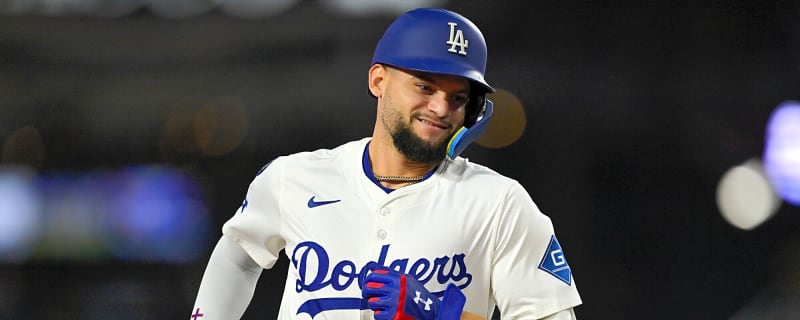
Cuba undergoing seismic shift in how it puts together its WBC roster
There are indications that, for the first time, the roster for the national team might be made up primarily of players playing outside of Cuba.

Yankees bullpen suffers tough loss after placing reliever on IL
The Yankees announced Monday that they’ve selected the contract of right-handed reliever Geoff Hartlieb and placed fellow righty Fernando Cruz on the 15-day injured list due to a left oblique strain.

Astros shortstop's breakout season hits snag with injury
It’s an awful injury for the Astros.

The 'Most 200-hit MLB seasons' quiz
How many of the 39 MLB players with at least four 200-hit seasons in their career can you name in six minutes?
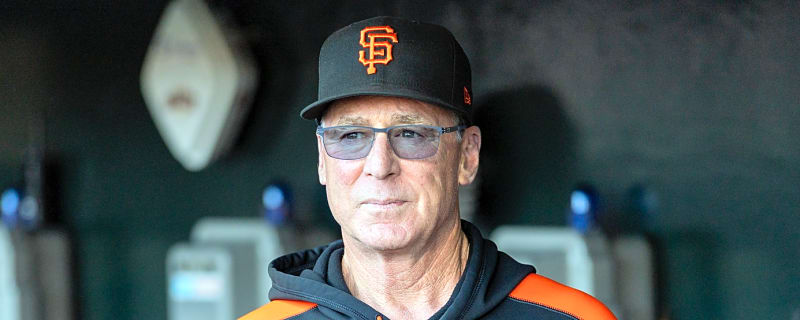
Why Giants manager Bob Melvin should be on hot seat if struggles continue
San Francisco Giants president Buster Posey may have to evaluate Melvin at the All-Star break to see if he is the right person to lead the team moving forward.
Who should be the starting MLB All-Stars at every position?
The starting lineups for the 2025 MLB All-Star Game are set to be revealed on July 6. While the fans have their say for the starting lineups, the most deserving All-Star starters could be very different than the actual starters.
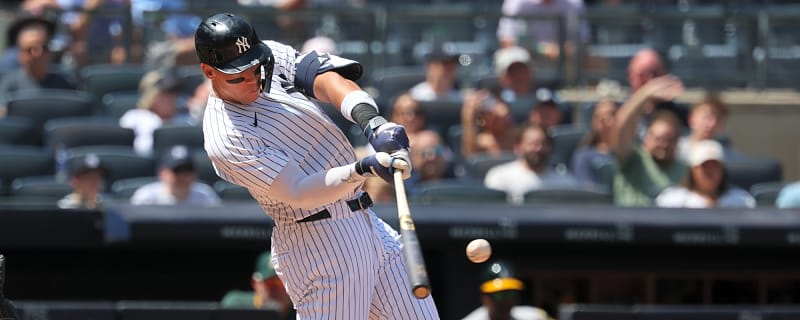
Grading AL teams at the halfway point
The MLB season passed its midpoint this past week. Yardbarker's MLB writers took the opportunity to come together to hand out some first-half grades for the American League teams.
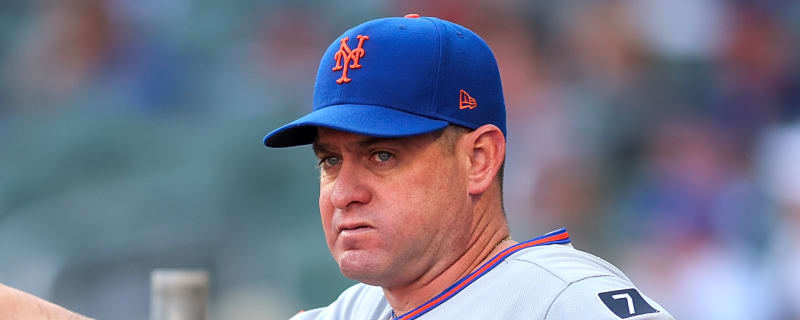
How Mets reportedly feel about coaching staff after awful second half of June
The Mets began June 13 at 45-24 but will head into July with a record of 48-37.
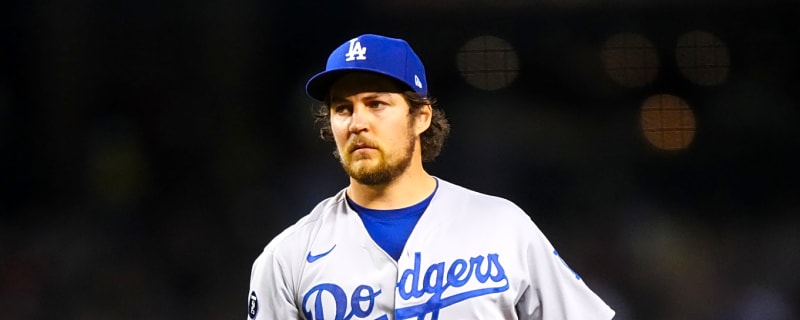
Outburst with coach leaves struggling Trevor Bauer demoted to minors in Japan
Poor production on the mound, coupled with an outburst with the team's pitching coach, has left Trevor Bauer demoted to the minor leagues in Japan.

Rafael Devers, Framber Valdez commit to World Baseball Classic for D.R.
Rafael Devers and Framber Valdez are the latest stars to commit to playing for the Dominican Republic in the World Baseball Classic.
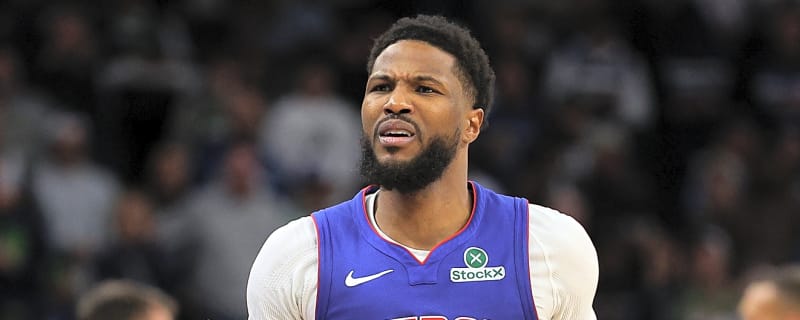
Malik Beasley gambling allegations highlight growing problem in professional sports
Once again, a professional athlete is at the center of a gambling investigation.

Pirates sweep of Mets featured some baffling, historic numbers
The 2025 New York Mets are, generally speaking, a very good baseball team. The 2025 Pittsburgh Pirates are, objectively, a very bad baseball team. Those two facts alone made the Pirates' three-game weekend sweep — capped off with an emphatic 12-1 win on Sunday — improbable enough.
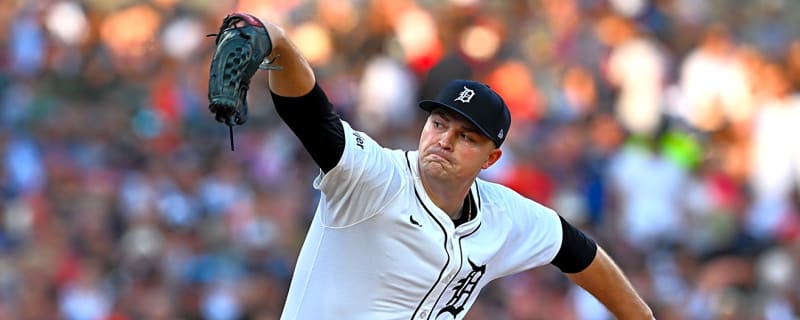
Tigers' Tarik Skubal makes more history in latest dominant performance
Something that should surprise no one at this point, ace Tarik Skubal led the Detroit Tigers to a win on Sunday.
Who are the early favorites for all the 2025 MLB awards?
The first half of the MLB season has been filled with tremendous performances, and the race for the major league awards is heating up. These are the frontrunners for the 2025 MLB awards, from FanDuel Sportsbook as of June 30.
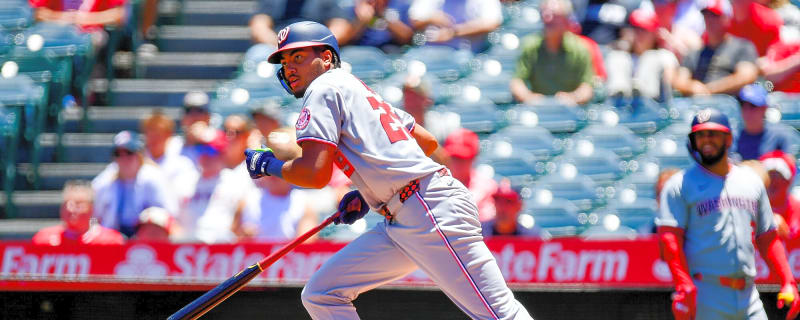
Nationals’ James Wood accomplishes feat last done by Barry Bonds
Washington Nationals left fielder James Wood received a treatment on Sunday that no hitter has been subjected to since Barry Bonds’ heyday.

Aaron Judge joins legendary company with 30th HR of season
An incredible season at the plate continued for Aaron Judge on Sunday, and the New York Yankees star has managed to join some more elite company.

Rockies manager Warren Schaeffer has theatrical ejection on Sunday
Warren Schaeffer may just have a future on Broadway if the whole manager thing does not work out for him.

Phillies predicted to cut ties with key pitcher for this reason
He has dealt with a few injuries throughout the year, but when he’s on the mound and healthy, he's been very good for much of his career.

Blue Jays release veteran pitcher
The Blue Jays released Spencer Turnbull, according to the MLB.com transaction log.
Athletics ready to admit free agency mistake
The Athletics stunned the baseball universe when they signed pitcher Luis Severino to a three-year, $67 million contract. That contract already appears to be a mistake.

Yankees' leadoff crisis could derail playoff odds
The Yankees' leadoff spot is broken, and it's breaking everything else.
With trade rumors swirling, can Luis Severino recoup value for Athletics?
The Athletics signed starting pitcher Luis Severino to a franchise-record deal in the offseason. Can the Athletics now find more value in trading him?

Five Cubs players in jeopardy amid Kyle Tucker decision
If the Cubs do re-sign Tucker, Ken Rosenthal of The Athletic named five players on the current roster who might not rejoin the team in 2026, including two starting pitchers and three key pieces of the lineup.
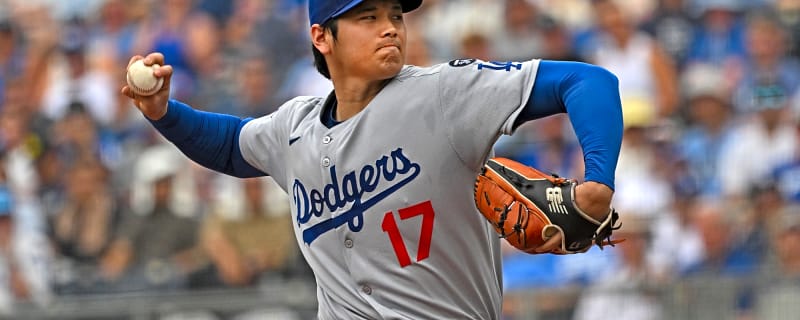
Latest Shohei Ohtani pitching performance should scare rest of MLB
Three-time MVP Shohei Ohtani's most recent return trip the mound should strike fear in the rest of MLB.

Here's when Bryce Harper might return for Phillies
Harper has been sidelined since June 7 with right wrist inflammation.

Who will win the NL Central, MLB's most competitive division?
Midway through the 2025 MLB season, the NL Central has emerged as the most competitive in baseball. Five games separated the top four teams entering Saturday.
Breaking News
Trending News
My Favorites
Customize Your Newsletter
 +
+
Get the latest news and rumors, customized to your favorite sports and teams. Emailed daily. Always free!
PRIVACY POLICY EDITORIAL POLICY CONTACT US
ABOUT YARDBARKER TERMS OF SERVICE
Use of this website (including any and all parts and
components) constitutes your acceptance of these
Terms of Service and Privacy Policy.
This site is for entertainment purposes only.
There is no gambling offered on this site.
Gambling Problem? Call 1-800-Gambler.
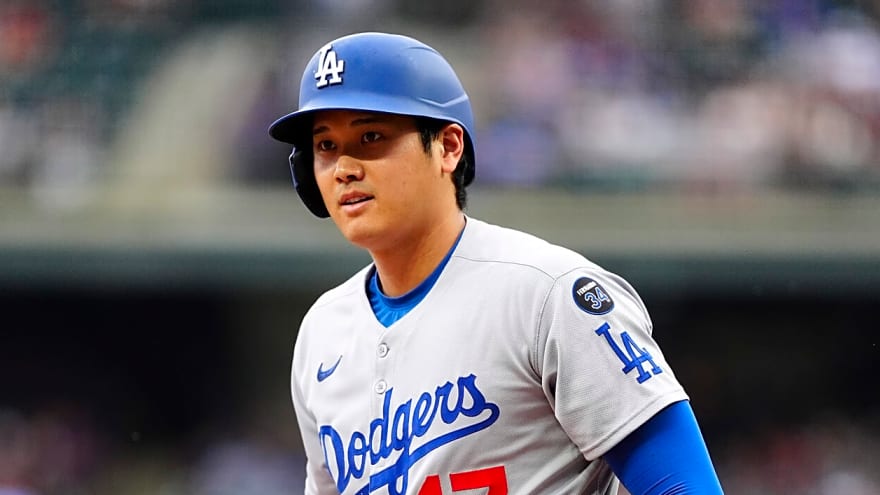
 Free Newsletters
Free Newsletters






